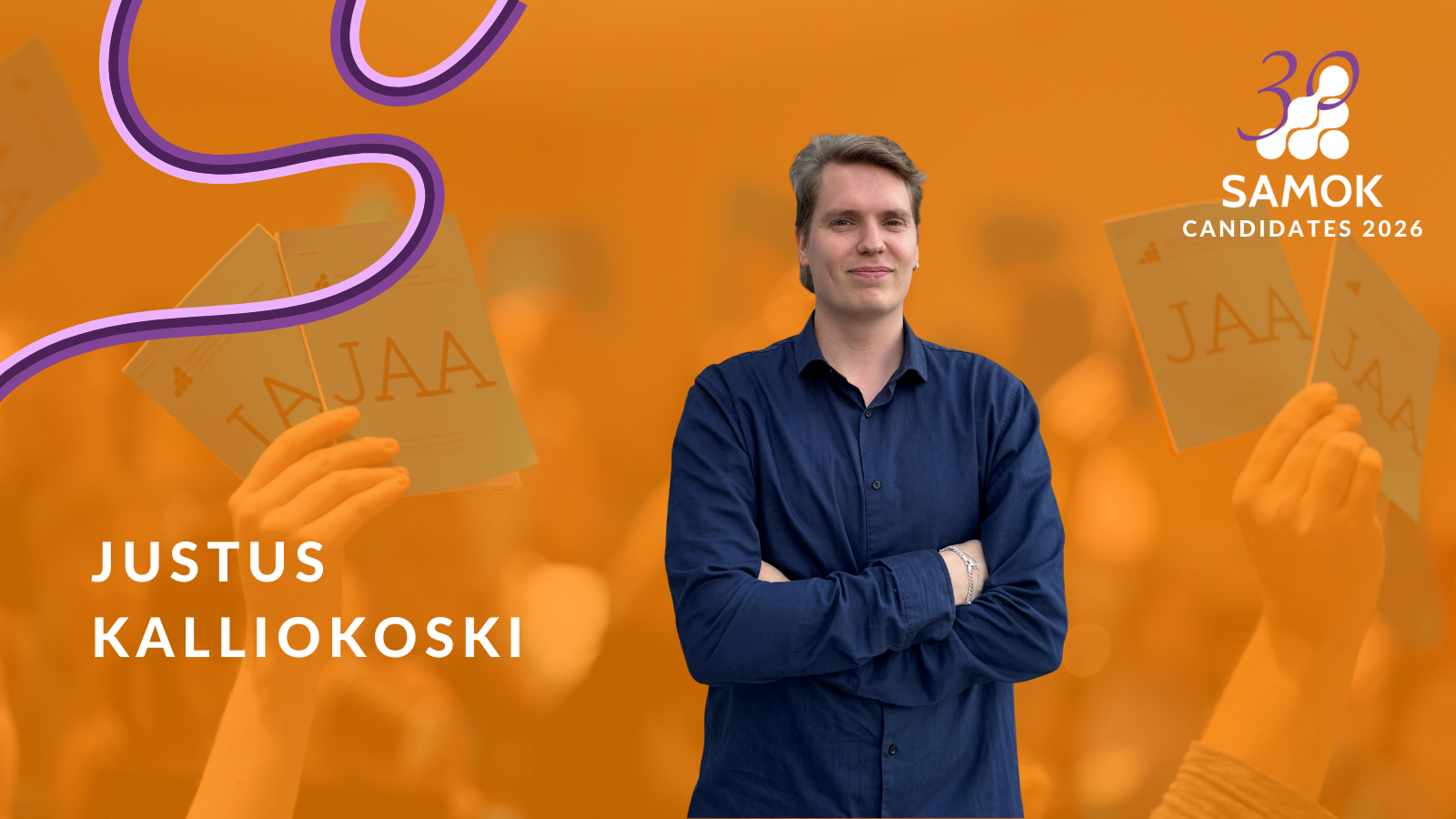When we talk about equality among students, the discussion often focuses on important topics such as livelihood, mental health, and the smoothness of studies. Alongside these, there is one theme that connects them all: accessibility. Accessibility is not just a technical solution. It is the foundation that allows everyone to study and participate based on their own circumstances.
I study prosthetics and orthotics (the degree name is better and more broad in finnish), a field closely related to accessibility. In my studies, I see how the right tools, structures, and environments can enable independence, inclusion, and equality. I have learned that accessibility is not just an act of goodwill, but for many, it is a necessity.
When people think about accessibility, they often focus first on physical aspects, such as ramps at doors or elevators in buildings. In reality, accessibility is a much broader concept. It also means that campus spaces, classrooms, and pathways are designed to work for everyone. It extends to online platforms like Moodle, where studying must be clear and accessible to different kinds of users.
Accessibility and inclusion often go hand in hand, but they are not quite the same. Accessibility refers to environments, services, and structures that can be adapted to work for everyone. Inclusion means access to information, learning, and participation. In a fully inclusive world, everyone could use services and be part of a community equally. (THL 2025)
I have seen how barriers can be very ordinary yet decisive. A lecture hall that is difficult to reach with a mobility aid. A classroom where lighting, furniture, or acoustics do not serve everyone. Or a building without an elevator, where a wheelchair user can never reach the second floor. Not everything can be made fully accessible, but a lot can be improved – and we must ensure accessibility in future construction.
University students have the opportunity to be pioneers in accessibility and inclusion. We are being educated as the experts and decision-makers of the future, so it is vital that we understand the importance of accessibility already now. When awareness and understanding take root during our studies, they will influence workplaces, decision-making, and society in the long term.
Accessibility is not a service for the few but a fundamental right for all. When learning environments, support services, and communities are genuinely inclusive, they strengthen the entire student community.
None of us are perfect, and we do not have to be. Accessibility and inclusion are built on the willingness to understand and listen to others. When we are open to different experiences and perspectives, we begin to see things in new ways. By being open and listening to one another, we can make the world a little more accessible every day.
When people are given the opportunity to participate equally through accessibility and inclusion, their true potential can be seen. Everyone has something to contribute when barriers no longer stand in the way of participation.
Source: THL 19.3.2025 https://thl.fi/julkaisut/kasikirjat/vammaispalvelujen-kasikirja/vammaisuus-yhteiskunnassa/esteettomyys-ja-saavutettavuus
Author: Justus Kalliokoski, candidate for SAMOK president for 2026
During the autumn, candidates for the SAMOK Board of Directors for 2026 will be presented on the SAMOK blog and on social media. For more information about the General Assembly, click here.

